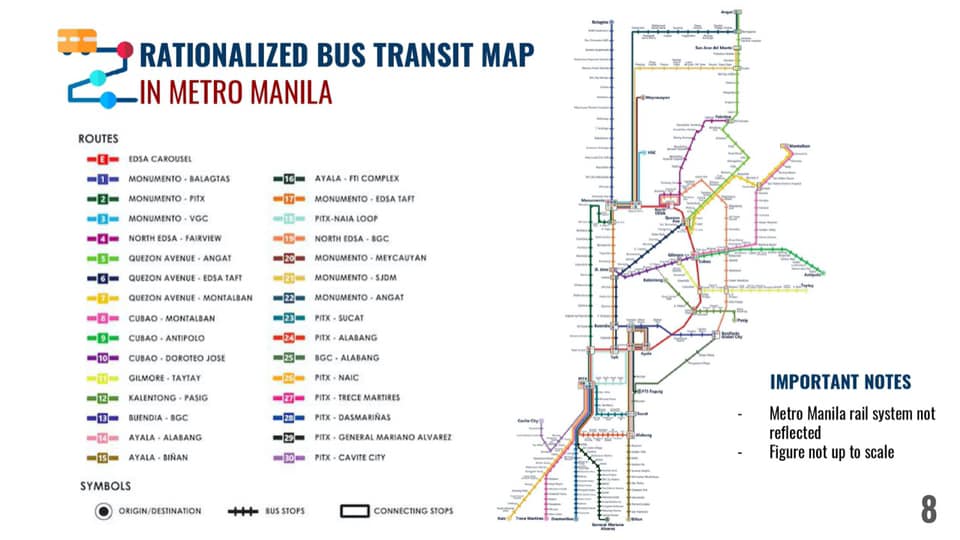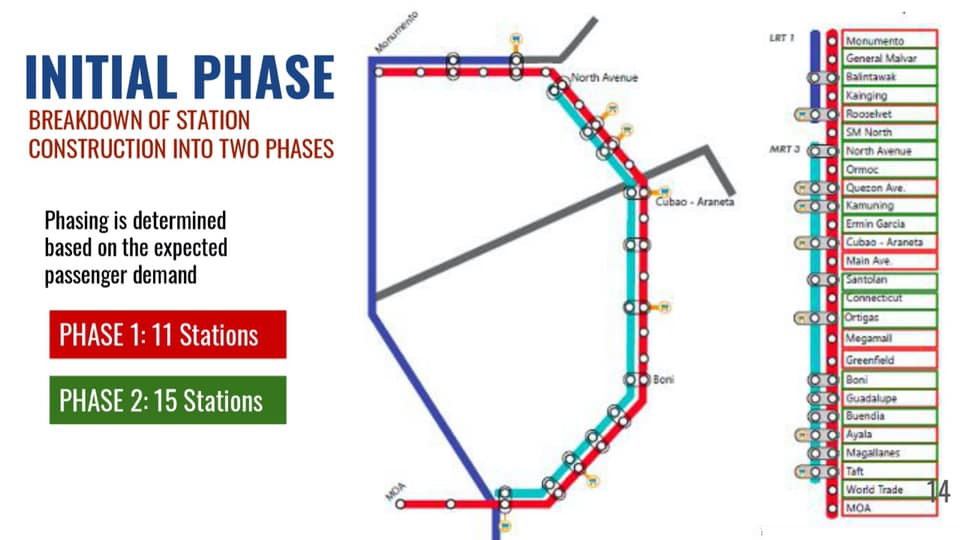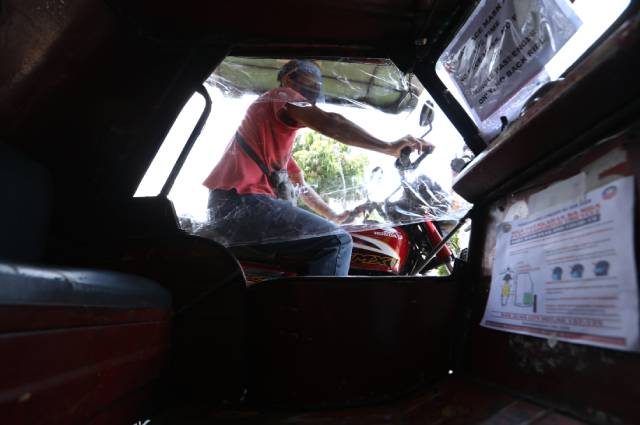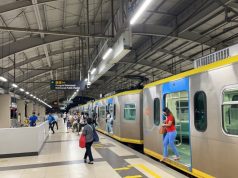The Department of Transportation on Friday announced the modes of public transportation for Filipinos who will travel to work next week following the eased restrictions in high-risk areas under the general community quarantine.
In a late-night televised briefing on May 28, President Rodrigo Duterte approved the recommendation of the Inter-agency Task Force (IATF) to transition areas considered high risk of COVID-19 transmission from the previous modified enhanced community quarantine to the GCQ versionstarting June 1.
At the same time, areas that were previously placed under GCQ will also graduate to the modified GCQ version.
Based on the matrix previously released by the Presidential Communications Operations Office, GCQ allows more businesses to partially reopen and all modes of public transportation are also allowed to operate as well with limited capacity.
However, in Metro Manila, the DOTr decided to not lift the suspension on jeepney operations for three more weeks.
In an infographic the transport agency shared on Facebook, two phases will be implemented within the month of June for public transportation.

For Phase 1, which will be implemented from June 1 to 21, the public vehicles allowed are:
- Train and bus augmentation
- Shuttle services and point-to-point or P2P buses
- Taxis and transport network vehicle services (TNVS) such as Grab Philippines
- Bicycles
Tricycles will also be allowed to ply around their jurisdictions if their operations are approved by their respective local government units.
Provincial buses, unfortunately, are still also not allowed to enter the region.
For Phase 2, which will be implemented from June 22 to 30, additional types of public vehicles allowed are:
- Public utility buses
- Modern PUVs
- UV express
For public buses, the agency also provided a specific route to be implemented during the duration of GCQ.

Not all train stations will also be opened throughout this period. Only 11 stations will reopen on phase 1 and then 15 stations on phase 2.

The agency assured that basic health protocols will be in place within these venues such as regular sanitation, cashless payments and use of thermal scanners.
Passengers, meanwhile, will always be required to wear face masks.
“To effectively ensure and monitor the limited capacity and passenger load of all the public transport vehicles, the 1-meter social distance rule between persons will be strictly enforced inside ALL the PUVs and mass transport units, in adherence to health protocols,” the agency said.
Grab: Cashless and other additional features
Grab Philippines, considered as the leading TNVS company in the country, announced that it will go cashless as part of its safety protocols.
This means passengers will only pay through their credit and debit cards or via GrabPay services.
The company will also roll out additional safety features to their fleets such as a barrier and hygiene kits.
Moreover, drivers and passengers are also required to always wear face masks. Should either person violate this basic health protocol, the driver and the passenger can cancel the trip.










